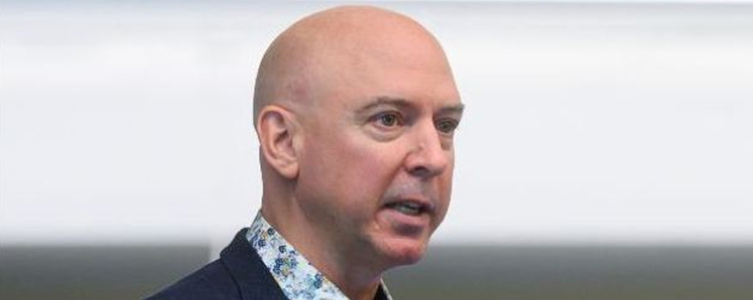Q: As leaders, how do we strike the right balance between providing the long-term vision for where we are going with the short-term immediacy of the crisis at hand?

Isn’t that the very definition of leadership though?
I find that some leaders are confusing the pandemic as the only crisis we’ve ever had. It’s as if other catastrophes haven’t happened before, or will occur in the future. Leadership is exactly what your question asks: striking the right balance between providing the long-term vision and the short-term dexterity of what is squarely in front of us.
The pandemic is a truly horrible situation. People are dying, businesses are suffering, and employees are being let go. I’m not making light of the scenario, however, it is by definition a crisis. It’s also the definition of leadership. Thus, leaders need to take action and support employees in the now, while equally continuing to think about the long-term future.
Leadership is multifaceted, however, to answer your question specifically, I would employ three strategies.
First, be honest. Leaders cannot hide behind the truth. Look no further than Airbnb Co-Founder and CEO Brian Chesky. Throughout the pandemic, he has communicated directly and honestly with his entire team. When Chesky made the difficult decision to let go of 25 percent of the workforce, he continued his transparency track record by outlining what was happening, why, and how the decisions were being made on who was chosen to leave. I have seen horrible examples during the pandemic of leaders failing to be truthful to the team. It does no one any good. Employ honesty, always.
Second, connect the dots. Employees may not always understand, appreciate, or even care about the long-term vision of the organization. I find they require frequent yet meaningful reminders of the road ahead. Strategic plans, while helpful, are not an employee’s favourite bedside reading. That’s why it’s of critical importance for leaders to connect the dots of today to tomorrow. Providing context for decisions made today is one thing but also relating it to the longer-term ambitions of the organization is far better. Communicate, communicate, communicate, but do so relating the now to the next, especially in a crisis.
Third, don’t panic. When leaders strike the right balance they act with poise. Being pigheaded to achieve a future goal just because it was in the plan at the beginning of 2020 will create unnecessary stress for everyone, including what will end up being a panicked leader. Freaking out on employees or other leaders because things aren’t working out in the short-term is a recipe for engagement disaster. Remain calm. Remind yourself and those you lead there is always light when you step outside of the shadow. And most of all, remember that this too shall pass.
In summary, the pandemic is awful but it hasn’t changed my feelings on the definition of leadership itself. We must lead others daily, weekly, monthly, yearly, and for the long-term. We ought to balance today with tomorrow, and if we do it by being honest, connecting the dots, and remaining calm, we will have passed the test of leadership excellence.



